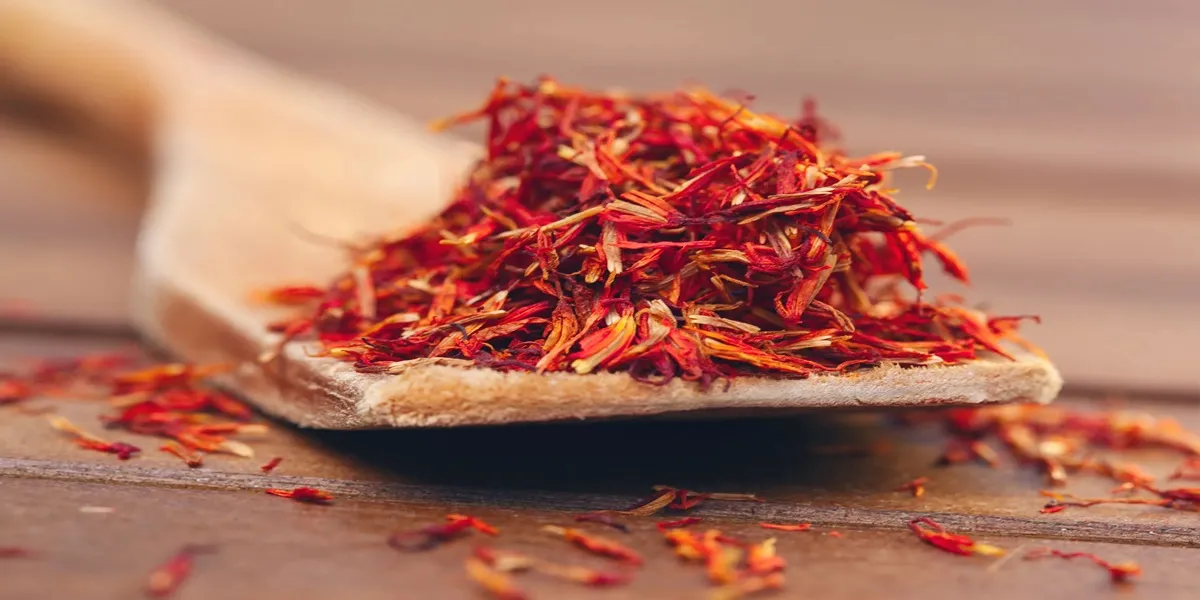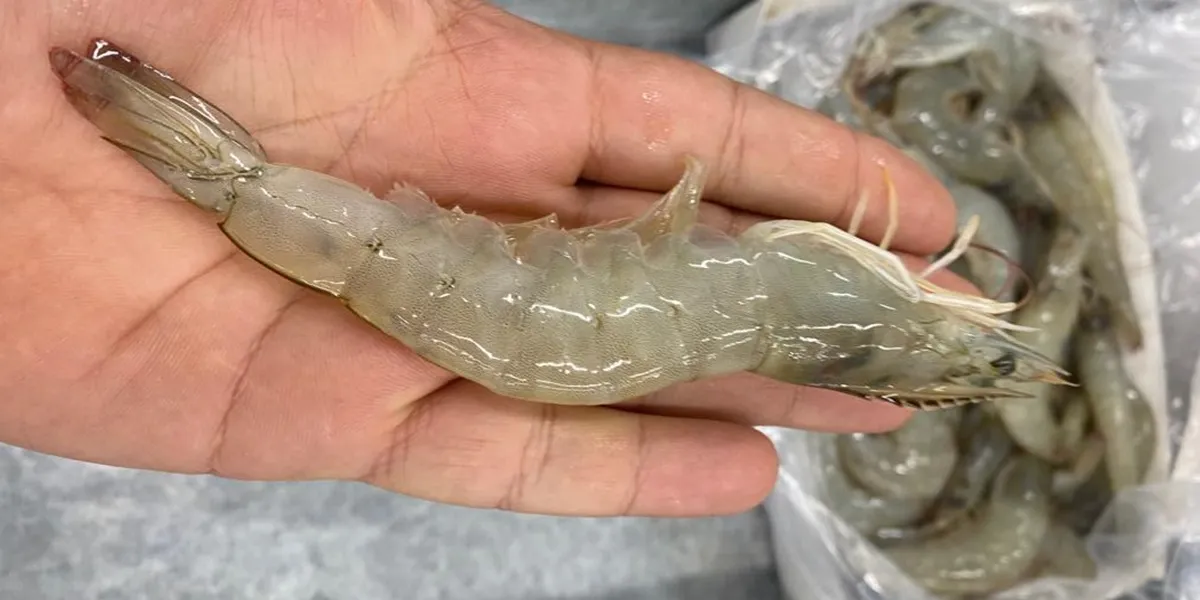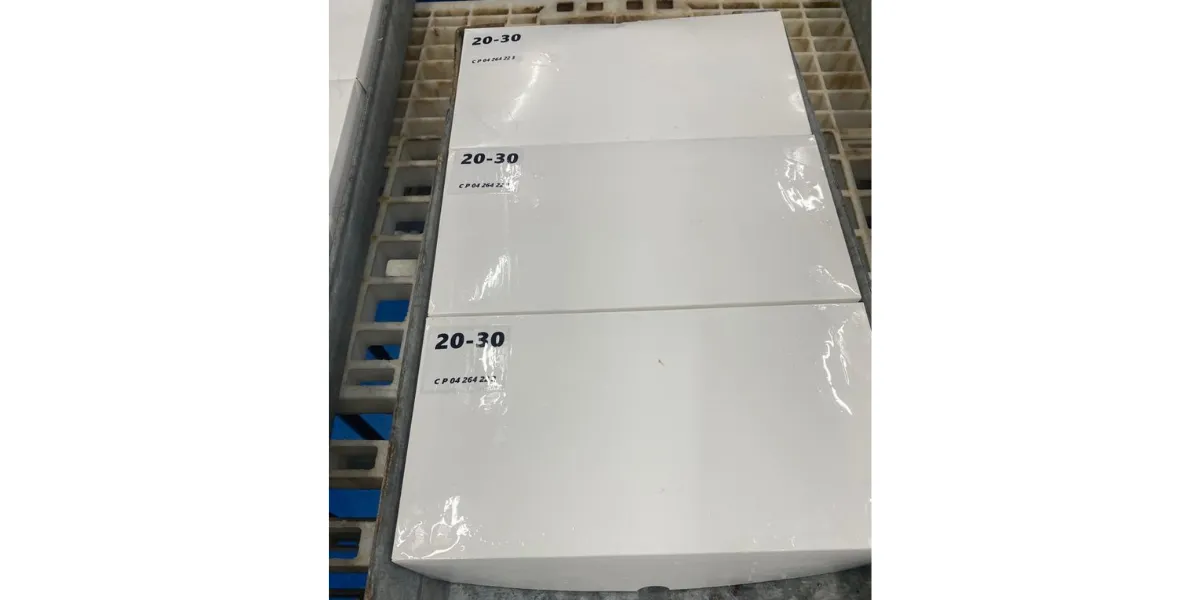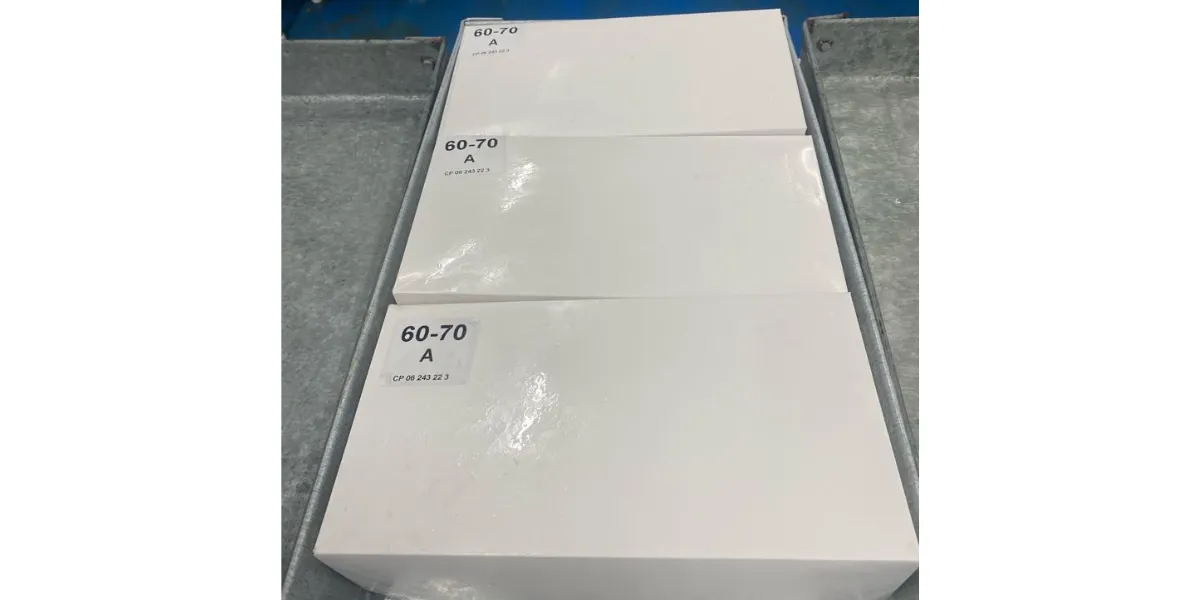Few natural ingredients in the world carry the same legendary status and scientific credibility as saffron. Known as the “red gold,” this ancient spice has captivated empires, healed ailments, and infused dishes with a richness that goes far beyond flavor. But with so many brands claiming to offer the purest saffron, how do you know which one to trust?
The secret lies in understanding saffron’s types, properties, and origins — not in its price tag. Whether you’re using it for wellness, culinary artistry, or traditional remedies, the quality of saffron directly impacts its effectiveness. From the potent antioxidant crocin to the soothing compound safranal, only high-grade saffron offers the full spectrum of health benefits confirmed by modern research.
In this guide, we’ll explore the different grades of saffron, what sets the top brands apart, and how saffron supports everything from mental clarity to hormonal balance. Follow along to discover which saffron truly earns the title of the best — and why it matters.
Understanding Saffron Quality: What Really Defines “The Best”?
In the Global saffron market, quality is everything. But what exactly determines the best saffron in the world? It starts with three core factors: coloring strength (crocin), taste (picrocrocin), and aroma (safranal) — all of which are measured under the ISO 3632 international standard. Top-quality saffron strands are deep red, uniformly shaped, and free from yellow styles or moisture. These threads offer a potent concentration of active compounds, making them ideal for both culinary and therapeutic use.
Beyond appearance and chemistry, origin and harvesting methods play a critical role. Saffron grown at high altitudes, such as in Iran or Kashmir, tends to have higher potency due to climate conditions. Manual handpicking also preserves the delicate structure of the stigma, ensuring better purity. Brands that consistently deliver high-quality saffron often provide lab results and detailed traceability from farm to package.
Understanding these standards helps consumers navigate the global saffron market with more confidence. It separates hype from authenticity and ensures you’re choosing a product that delivers real value and verified health benefits — not just color or aroma. If you’re looking for the best, quality isn’t subjective — it’s measurable.
Top Saffron Producing Countries: Where Does the World’s Finest Saffron Come From?
While saffron may grow in several parts of the world, only a few countries are recognized for producing premium-quality saffron. Iran dominates global production, contributing over 85% of the world’s supply. Its high-altitude climate, traditional harvesting methods, and generations of expertise result in saffron with unmatched potency and purity. Spain follows, especially with its Mancha variety, prized for its unique aroma and shorter but intense stigmas.
India’s Kashmir region is also renowned for saffron with deep red strands and high crocin levels. Despite lower output, the quality remains exceptional due to cold winters and careful cultivation. Afghanistan is another rising star, producing strong-quality saffron grown under similar conditions as Iran.
For those who Use saffron in cooking, the origin significantly affects both the flavor profile and effectiveness. Iranian saffron is known for its balance between strength and smoothness, while Kashmiri saffron often has a more floral, delicate taste.
When selecting the best saffron brand, understanding the production region is key. Countries with strict quality control, organic practices, and favorable soil conditions consistently produce saffron that’s rich in color, aroma, and health-promoting compounds.
Saffron Grading Explained: Super Negin vs. Pushal vs. Sargol
Saffron isn’t a one-size-fits-all spice. It’s graded based on the length, thickness, and color of its threads — all of which influence potency and application. The top grade, Super Negin, consists of long, straight, unbroken red stigmas. It contains the highest levels of crocin and safranal, making it ideal for maximum therapeutic and culinary impact.
Sargol, another premium variety, includes shorter threads but still maintains full redness. It’s slightly less potent than Super Negin but is more affordable and widely used in high-quality cuisine. Pushal includes part of the yellow style attached to the red stigma, making it bulkier but less concentrated in active compounds.
Why does this matter? Because the Health benefits of saffron — including its antioxidant, antidepressant, and anti-inflammatory properties — are directly linked to the quality and concentration of these compounds. Choosing the correct grade ensures you receive saffron that delivers both flavor and function.
Understanding saffron grading helps consumers make informed decisions and avoid being misled by appearance alone. A clear label indicating grade, along with lab certification, is a sign of a trustworthy brand committed to quality and health outcomes.
Lab-Tested Purity: Why Certified Saffron Brands Matter More Than Ever
Saffron is among the most frequently adulterated spices in the world. From dyed corn silk to colored threads of other plants, fake saffron is a growing issue in the international market. That’s why it’s more important than ever to buy only lab-tested saffron from certified brands. These certifications ensure purity, traceability, and proper harvesting practices.
One of the best ways to Spot fake saffron is through third-party lab results, usually based on ISO 3632 analysis. This test evaluates crocin, picrocrocin, and safranal levels — the very compounds that give saffron its therapeutic power. If the levels fall below standard, or if the saffron contains synthetic additives, it should be avoided.
Trusted brands also provide Certificates of Analysis (COA), lot numbers, and sometimes even QR codes that link to lab results. These safeguards help consumers know exactly what they’re getting, especially in an unregulated digital marketplace.
Learning how to spot fake saffron is an essential skill for anyone who wants to use saffron for health or cooking. Certified purity not only guarantees safety but also maximizes the spice’s natural benefits — from mood enhancement to antioxidant protection.
The Role of Packaging in Saffron Quality Preservation
Saffron’s delicate compounds begin to degrade quickly when exposed to light, moisture, and air. That’s why packaging plays a vital role in preserving its potency, aroma, and nutritional value. High-quality brands invest in airtight containers, UV-resistant glass jars, or food-grade tin boxes to ensure maximum protection.
Improper packaging can reduce the crocin content and accelerate oxidation, leading to faded color, reduced aroma, and loss of therapeutic properties. Even if the saffron is harvested and dried perfectly, poor storage can make it virtually ineffective over time.
Some of the best saffron brands also use vacuum-sealed pouches with nitrogen flushing — a technique borrowed from the pharmaceutical industry — to prevent exposure to oxygen. Others include desiccant packs to absorb residual moisture.
For consumers, it’s crucial to buy saffron that arrives in secure, labeled packaging and to store it in a cool, dry place away from sunlight. Never buy saffron sold in open plastic bags or loosely sealed boxes, no matter how appealing the strands look.
Smart packaging ensures you get the most out of every strand — not just in flavor, but in all the wellness benefits saffron has to offer.
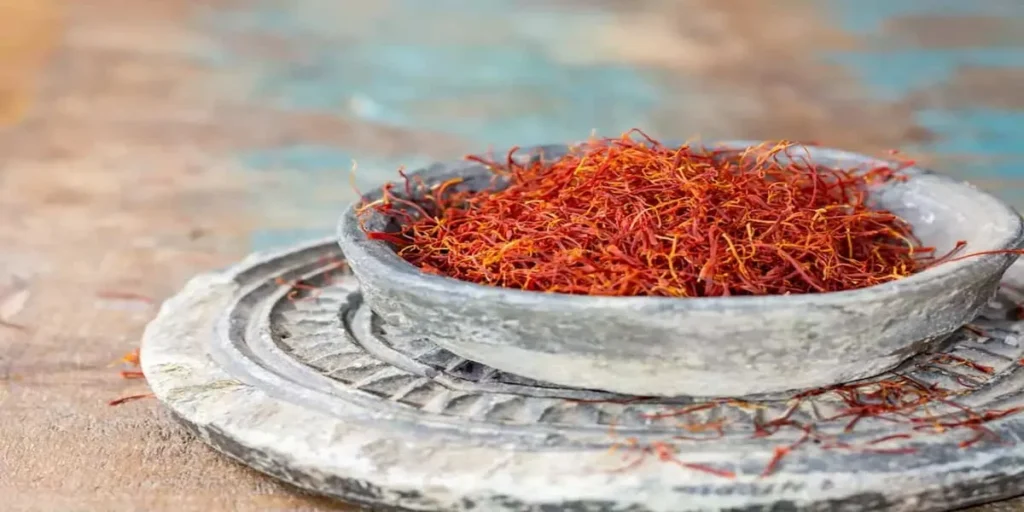
Best Saffron Brands in the World: Expert-Approved Names You Can Trust
When seeking the finest saffron, it’s essential to choose brands renowned for their quality and authenticity. Mehr Saffron from Iran offers premium-grade saffron, adhering to ISO 3632 standards. Krokos Kozanis from Greece is recognized for its Protected Designation of Origin (PDO) status, ensuring regional authenticity. Rumi Spice sources its saffron directly from Afghan farmers, emphasizing fair trade and sustainability. Baby Brand Saffron in India provides high-quality Kashmiri saffron, known for its deep red threads and potent aroma. Saharkhiz Saffron is another Iranian brand with a longstanding reputation for excellence. These brands have garnered trust through rigorous quality control, transparent sourcing, and positive customer reviews. 
How to Spot Fake Saffron: Red Flags and Proven Detection Methods
Identifying genuine saffron is crucial to ensure you’re receiving its full benefits. Authentic saffron threads are trumpet-shaped, with a deep red color and a slightly bitter taste. A simple test involves placing a few threads in warm water; real saffron will release a golden-yellow hue slowly, while fake saffron may color the water instantly due to artificial dyes. Rubbing genuine saffron between your fingers should leave a yellow-orange stain. Additionally, genuine saffron has a distinct, earthy aroma, whereas counterfeit versions might lack scent or smell synthetic. Being vigilant about these characteristics can help you avoid adulterated products. 
Medicinal Benefits of Real Saffron: What the Science Says
Saffron is not just a culinary delight but also boasts numerous health benefits. Scientific studies have highlighted its potential in alleviating symptoms of depression and anxiety, owing to its active compounds like crocin and safranal. Research indicates that saffron may improve mood and cognitive function, making it a natural alternative for certain mental health treatments. Furthermore, its antioxidant properties can combat oxidative stress, potentially reducing the risk of chronic diseases. Saffron has also shown promise in supporting eye health, particularly in age-related macular degeneration. Incorporating authentic saffron into your diet could thus offer both culinary and therapeutic advantages. 
Buying Saffron Online: Safe Marketplaces, Trust Seals, and Buyer Tips
Purchasing saffron online requires diligence to ensure authenticity. Opt for reputable marketplaces like Amazon, eBay, or specialized spice retailers that provide detailed product descriptions and customer reviews. Look for trust seals such as ISO 3632 certification, which indicates standardized quality. Brands that offer lab-tested results and transparent sourcing information are preferable. Be wary of unusually low prices, as they may indicate counterfeit products. Additionally, ensure the saffron is packaged in airtight, light-resistant containers to preserve its quality during transit. By following these guidelines, you can confidently purchase genuine saffron online.
Why Iranian Saffron Dominates Global Rankings
Iran holds a prominent position in the saffron industry, producing over 90% of the world’s supply. The country’s unique climate, characterized by hot summers and cold winters, provides ideal conditions for saffron cultivation. Iranian saffron is renowned for its deep red threads, potent aroma, and high crocin content, which contributes to its vibrant color. Traditional harvesting methods, passed down through generations, ensure the preservation of quality. Regions like Khorasan are particularly noted for their superior saffron. This combination of favorable environmental factors and meticulous cultivation practices solidifies Iran’s status as a leader in saffron production.
Sustainability and Fair Trade in the Saffron Industry: Which Brands Are Ethical?
Ethical considerations in saffron production are gaining importance among consumers. Brands like Rumi Spice collaborate directly with Afghan farmers, ensuring fair wages and sustainable farming practices. Heray Spice emphasizes fair trade by supporting local communities and promoting environmentally friendly cultivation methods. These companies prioritize transparency, often providing insights into their sourcing and production processes. By choosing such brands, consumers support not only high-quality saffron but also the well-being of farming communities and the environment. Ethical sourcing ensures that the benefits of saffron production are equitably distributed and environmentally sustainable.
How Pricing Reflects Quality: Is Expensive Saffron Always Better?
While price can be an indicator of saffron quality, it’s not the sole determinant. High-quality saffron typically involves labor-intensive harvesting and meticulous processing, contributing to higher costs. However, exorbitant prices don’t always guarantee superior quality. It’s essential to consider factors like ISO certification, thread appearance, aroma, and origin. For instance, saffron with deep red, unbroken threads and a strong, earthy scent is often of higher quality. Therefore, while price can guide your purchase, evaluating these additional factors ensures you obtain genuine, high-quality saffron.
Conclusion Title: Trust the Source, Feel the Difference
Choosing the best saffron brand isn’t about the fanciest packaging or the most glamorous marketing — it’s about purity, potency, and origin. Brands that source directly from trusted farms, provide lab-certified quality, and offer transparency in grading consistently stand above the rest. The real magic of saffron comes from its ability to enhance your health and well-being through natural compounds like crocin, picrocrocin, and safranal, which are only present in genuine, properly harvested saffron.
By understanding the types of saffron — from Super Negin to Sargol — and their scientifically-backed properties, you empower yourself to choose not just a spice, but a wellness ally. Trusting the right brand means unlocking saffron’s full potential, from antioxidant power to emotional balance.

